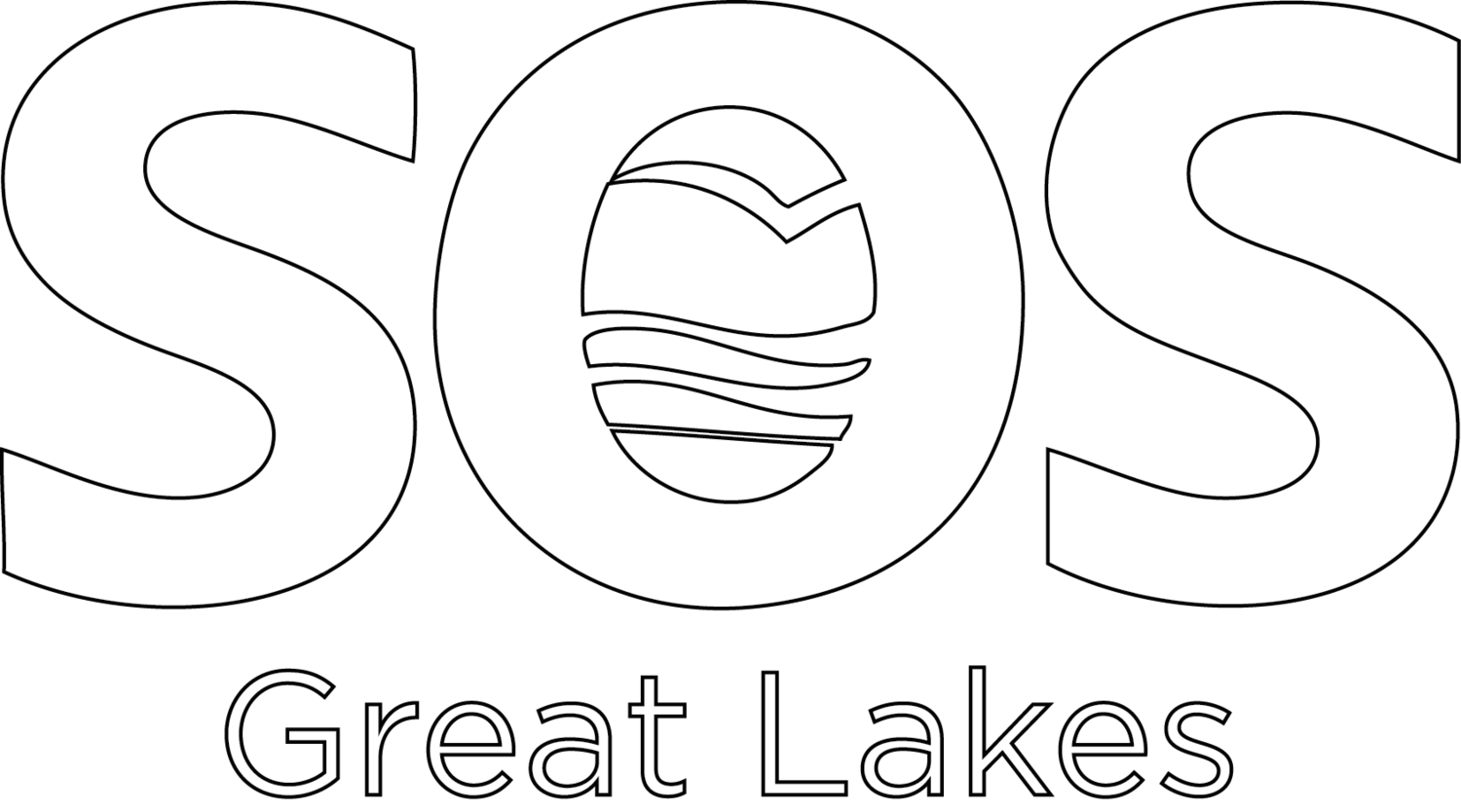Right now, there is a plan to bury nuclear waste on the shore of Lake Huron. A plan that could result in the pollution of the largest basin of fresh water in the world for 100, 000 years, the Great Lakes Basin.
Ontario Power Generation (OPG) is a Canadian power company that plans to bury up to 400, 000 cubic metres of radioactive nuclear waste less than 1 km from Lake Huron. This means building a nuclear waste dump on the shore of the Great Lakes, a source of drinking water for 40 million people in Canada and the United States.
We are SOS Great Lakes. We are challenging OPG’s dump.
We are among more than 100 organizations, 100 communities and 150 000 people in Canada and the U.S. who want Catherine McKenna, the Canadian Minister of the Environment and Climate Change, to say NO to the dump.
We believe that if the 40 million people who rely on the Great Lakes for drinking water knew about this highly risky and needless threat to the Great Lakes, they would never allow it to happen.
We can’t reach those people by ourselves. Join us. Share this story.
Your lakes, your choice.
Read about 8 reasons to stop the DGR
Follow SOS Great Lakes for updates
Reach out to your government
Video Transcript:
A Canadian power company plans to build a nuclear waste dump on the shores of the Great Lakes
The source of drinking water for 40 million people.
[Clock ticking noise]
The Great Lakes, the largest basin of fresh water in the world. From Thunder Bay in the west, to the gulf of the St. Lawrence in the east, and as far south as the Illinois River, the Great Lakes deliver fresh water to 40 million people in cities, towns, and villages in Canada and the United States. They irrigate hundreds of millions of acres of farmland, and support the world’s largest inland fishery.
Not the most logical place to build a nuclear waste dump. Yet unbelievably, that is exactly what Ontario Power Generation is planning to do. OPG proposes to abandon radioactive waste in a dump on the shore of the great lakes, and will risk our waters for up to 1 million years.
Their underground nuclear waste dump is less than one kilometer, about 900 yards, from the shore of Lake Huron, at the Bruce Nuclear plant. OPG says they will use proven technology to dig their dump as deep as Toronto’s CN tower is high, and that the radioactive waste will be isolated forever.
OPGs dump technology is anything but proven. Every underground nuclear waste dump in the world has failed and leaked its deadly toxins. Experts say it is not if, but when the dump will leak radioactive gases and material into ground as material in the dump decomposes.
Even OPGs experts admit the dump will eventually fill with water, become unstable, and leak. When it leaks, it could contaminate the drinking water of 40 million people, and our environment, forever.
Unless… you help us stop it.
We are SOS Great Lakes, a non-profit group of Canadians and Americans who started fighting this in 2012. We are challenging OPGs in the Canadian federal court. More than 184 Canadian and American municipalities oppose this plan. A growing number of U.S. politicians are urging politicians in Canada to stop this project.
Join us. Share this story. Help end this threat to the largest body of fresh water in the world.
Please, help us tell this important story. Urge your politicians to act responsibly. Donate to help us win this fight.
Your lakes, your choice.
[Clock ticking noise]
